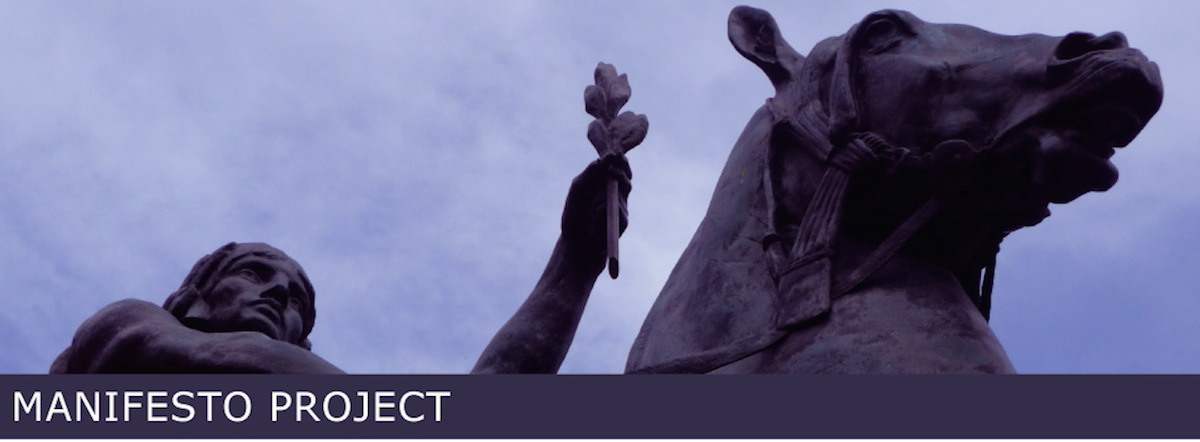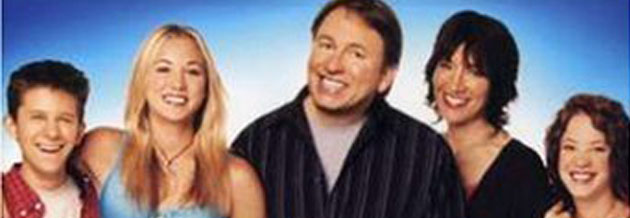Creator: Geeks are Sexy is a group with the mission to: “Provide up to the minute tech news, reviews and tutorials to our readership, which is mainly composed of IT professionals and computer enthusiasts.
Purpose: Facebook has become mainstream and covers a diverse audience too wide for the “normal evolutionary process for polite online behaviour.”
Facebook Etiquette Manifesto
1) When you reply to an event invitation, you have three options: Yes, No and Maybe. Take note of the last one and use it properly. If you say Yes, you are committing to coming to the event in exactly the same way as if you’d agreed in person. Of course you aren’t forced to turn up, but it’s the level of commitment at which you should be sending a text or e-mail if you have to cancel. If you aren’t sure you’ll be able to make it — or if you’re just too polite to say no or ignore the invite — then use the Maybe option.
2) If you make a friend request to somebody you don’t know in person, include a line explaining who you are. Don’t just randomly attempt to add people without explanation, and remember that if you know somebody only through online activity elsewhere, they may not recognize your real name.
3) Don’t tag people in potentially embarrassing photographs without asking them first. You might not see anything wrong with that snapshot from the tequila bar, but if your friend has just applied for a job as a teacher or lawyer, there’s a good chance the potential employer will see the pic before your friend can frantically untag it.
4) Keep an eye on your own profile and wall to see what’s getting posted there automatically by applications you’ve signed up to. Disable any automatic posts that either appear several times a day or have no genuinely useful information for anyone. If you still need to use a particularly post-heavy application, you may be able to tweak it to control exactly what it posts by editing the settings at http://www.facebook.com/settings/?tab=applications.
5) Before cutting and pasting a status update, check whether it’s true and whether it’s helpful. 93% of people won’t even bother to find out if statistics they quote are legitimate. Will you be in the 7% who do?
6) Assume that anything you post on somebody’s wall will be seen by every single person they know in the world. Don’t rely on them having set their privacy settings properly: even if they have, Facebook’s probably reset the defaults without telling them three times today already.
7) If you’ve got something to say to one person and it doesn’t need to be seen to anyone else, send them a message rather than posting it on their wall. Even if you don’t unintentionally embarrass them or create an awkward situation, posting personal messages on walls just clogs up other people’s news feeds.
8) Above all else, never ever post a status update that involves a countdown using the unit of “sleeps.”










